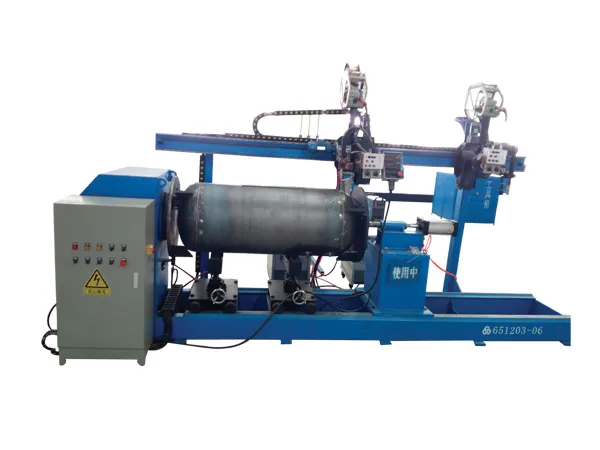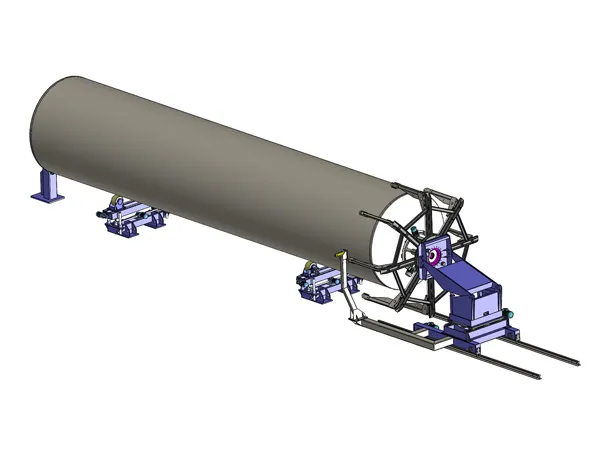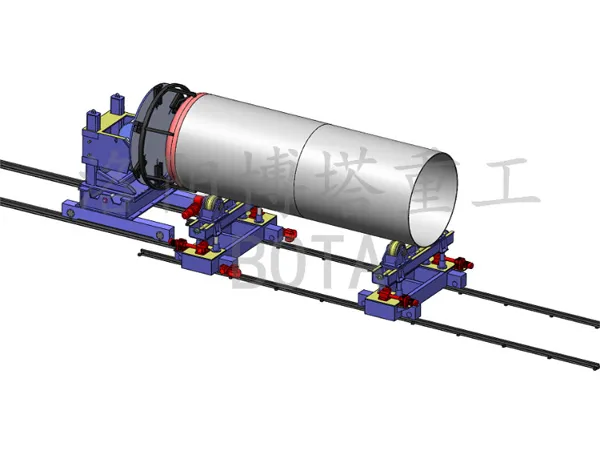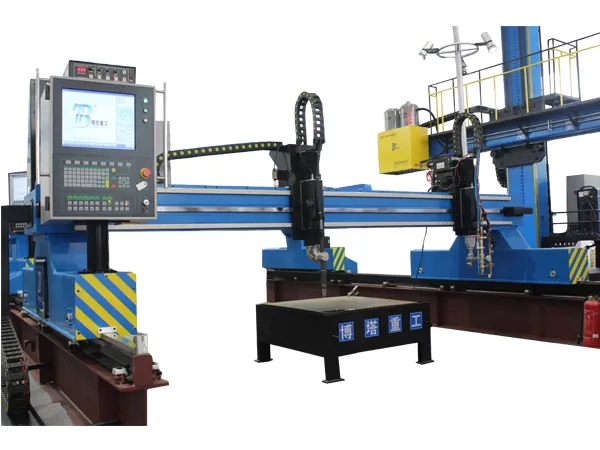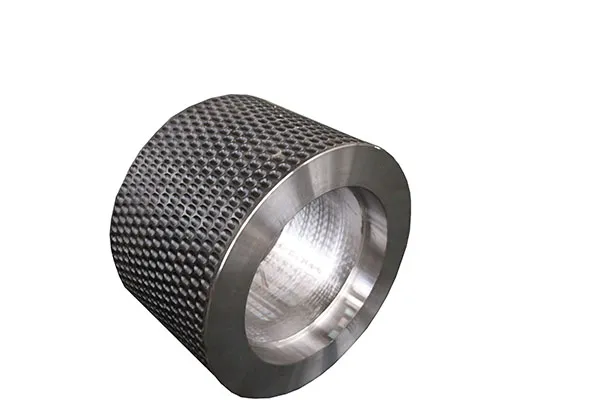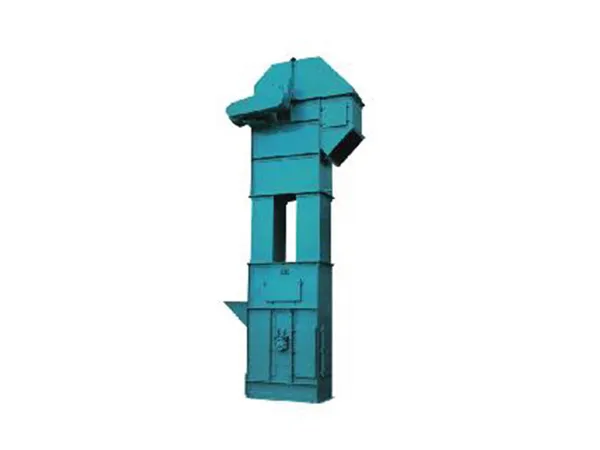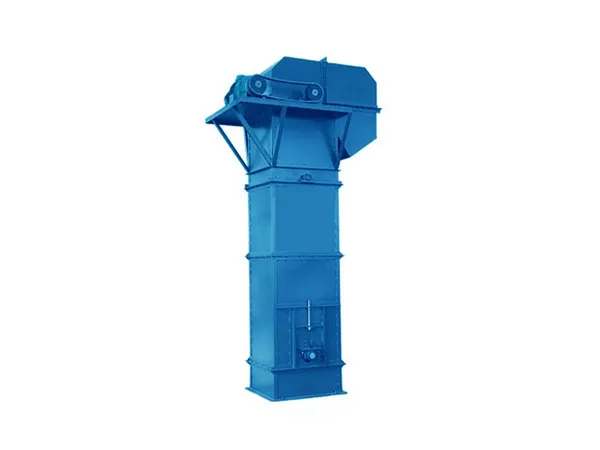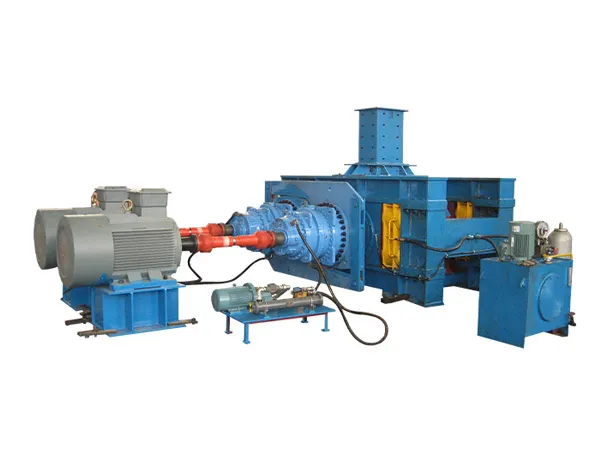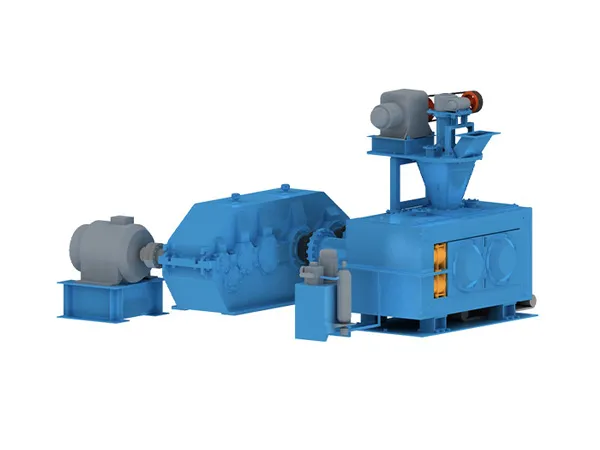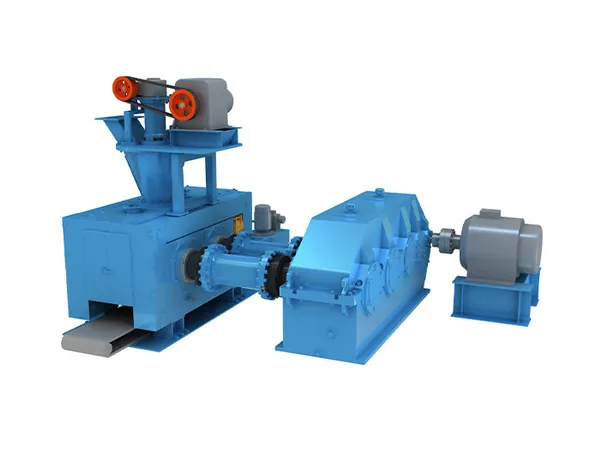Rotadores de soldadura are used in various industries to facilitate the welding of cylindrical or round objects, como tuberías, tanques, and other similar structures. They provide support and rotate the workpiece, allowing the welder to work on a stationary weld head, asegurando soldaduras uniformes y consistentes.
Welding Rotator Operating Instructions
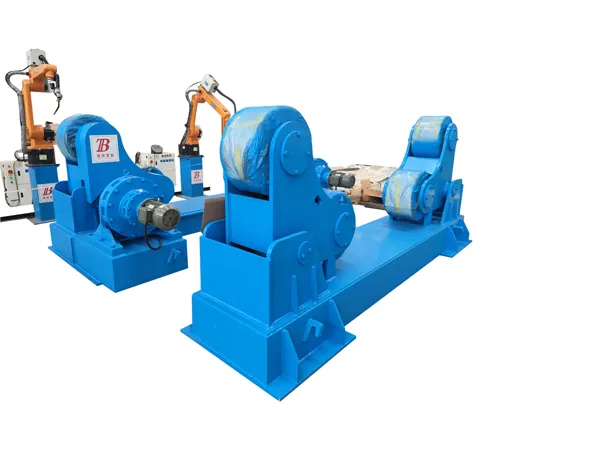
1. Precauciones de seguridad
Equipo de protección personal (EPP): Utilice siempre el EPI adecuado, including safety glasses, welding helmet, guantes, and protective clothing.
Work Area: Ensure the work area is clean, well-lit, and free from flammable materials.
Training: Only trained and authorized personnel should operate the welding rotator.
Inspección: Regularly inspect the rotator for any signs of wear or damage before use.
2. Pre-Operation Checks
Machine Condition: Inspect the welding rotator for any visible damage or wear. Check for loose bolts or connections.
Electrical Connections: Ensure all electrical connections are secure and the power supply matches the machine’s specifications.
Panel de control: Verify that all controls are functioning correctly and emergency stop buttons are operational.
Rollers and Bed: Check that the rollers are free from debris and are properly aligned. Ensure the bed is clean and free from obstructions.
3. Configuración
Colocación de la pieza de trabajo:
Place the workpiece centrally on the rollers.
Adjust the distance between the rollers to fit the diameter of the workpiece.
Ensure the workpiece is balanced and stable on the rotator.
Aligning the Rotator: Align the rotator with the welding equipment to ensure smooth and consistent welding.
Asegurar la pieza de trabajo: Depending on the weight and shape of the workpiece, secure it with straps or clamps if necessary.
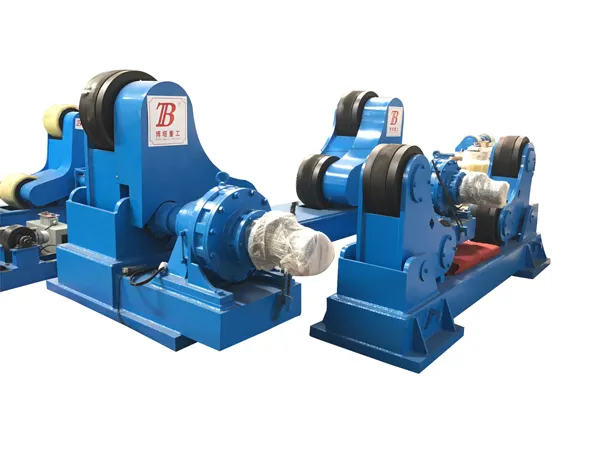
4. Operating the Welding Rotator
Encendido: Turn on the power supply to the welding rotator.
Speed Adjustment: Adjust the rotation speed according to the welding requirements using the control panel.
Start Rotation: Begin rotating the workpiece at a low speed to check for balance and alignment. Gradually increase the speed as needed.
…
More detailed information about welding roller stand operation can be found at: https://www.bota-weld.com/en/a/news/welding-rotator-operating.html

